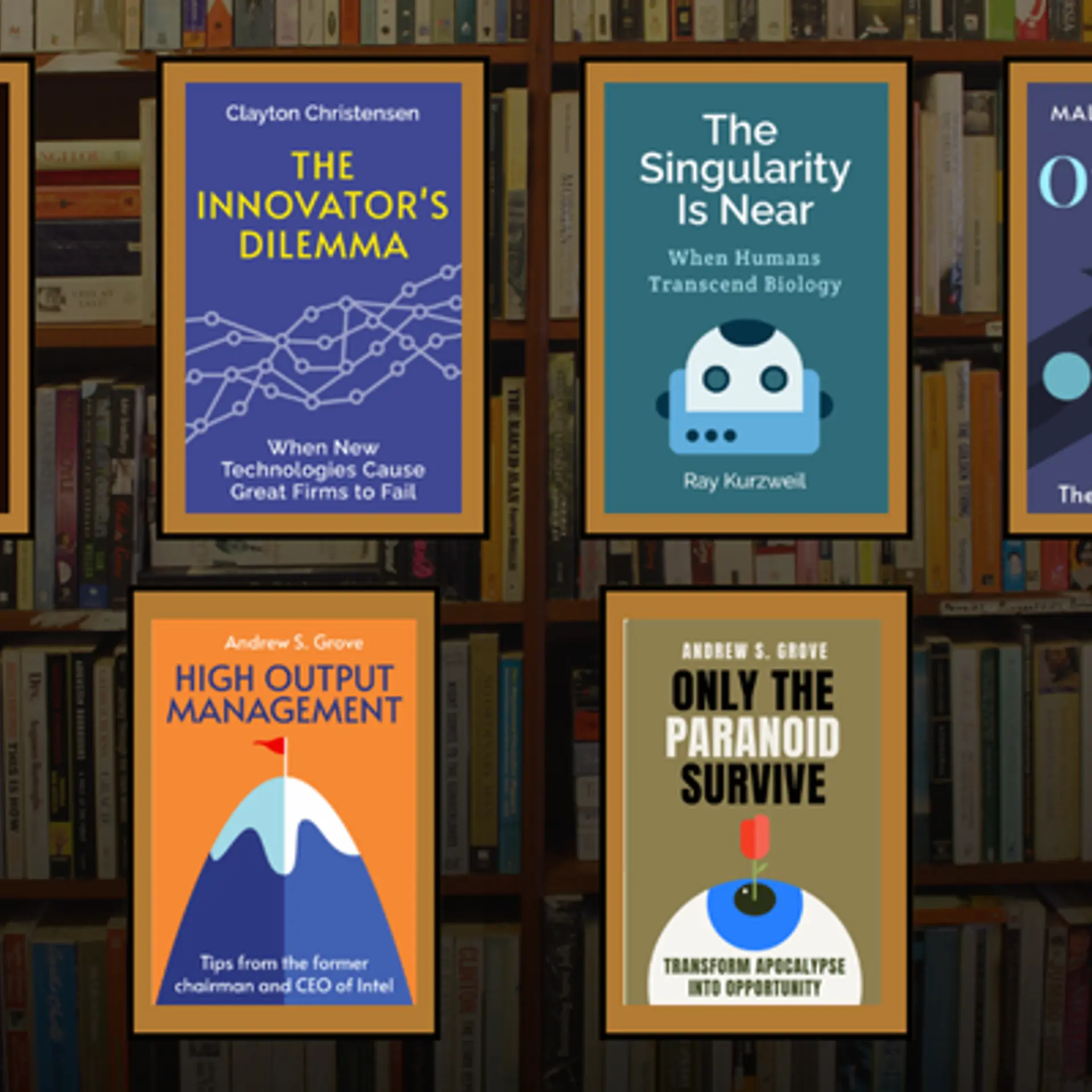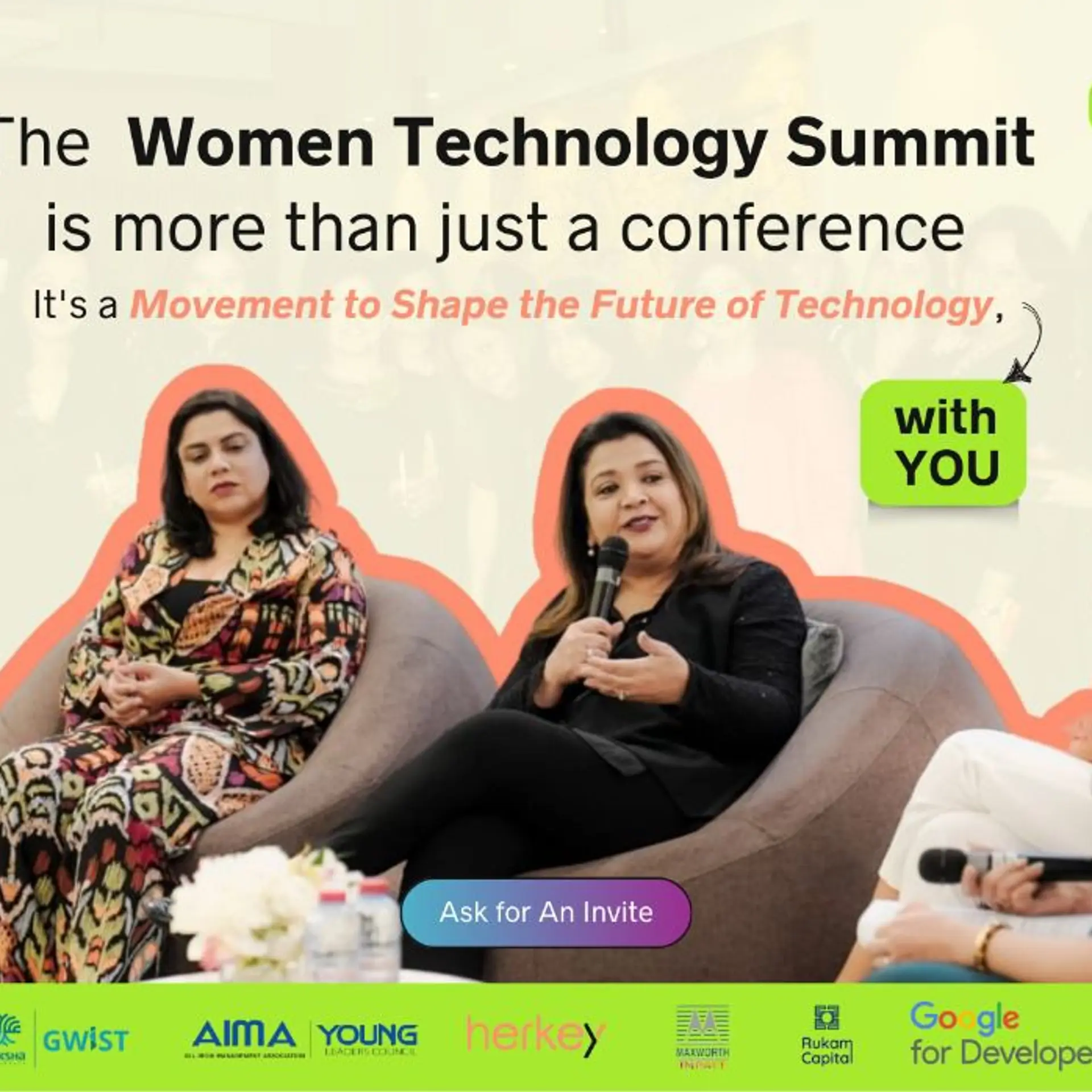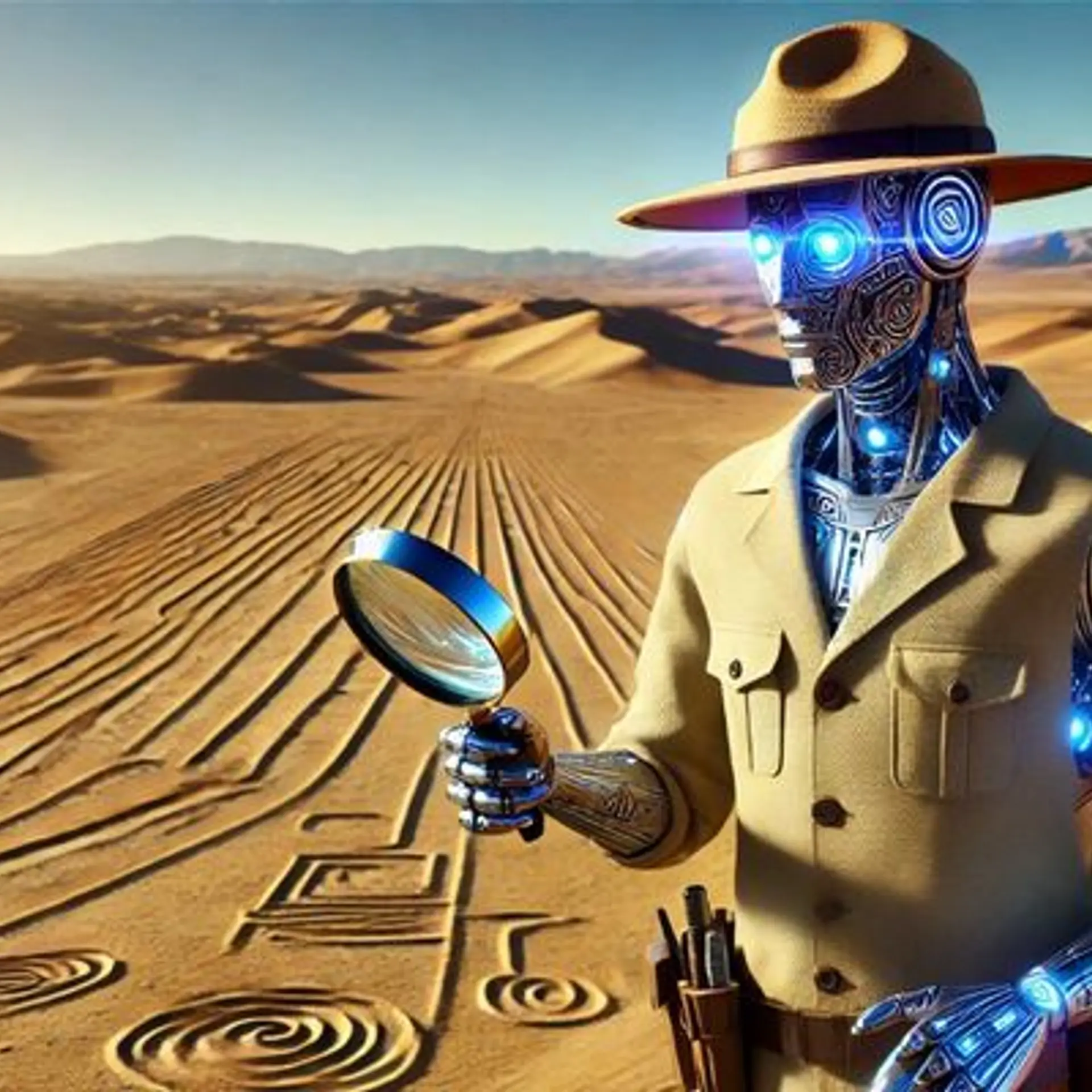[Interview] What can be done to make e-waste useful and profitable?

Robin Jeffrey and Assa Doron are the authors of the book “Cellphone Nation: How Mobile Phones Have Revolutionised Business, Politics and Ordinary Life in India” (see my earlier book review here). Robin Jeffrey is a visiting research professor at the Institute of South Asian Studies and Asia Research Institute, National University of Singapore. Assa Doron is an Australian Research Council Future Fellow in the College of Asia and the Pacific, Australian National University, Canberra.
They join us in this exclusive interview on their new research into e-waste, emerging uses of mobiles, impacts on education, and new kinds of innovation.
YS: How was your book received? What were some of the unusual responses and reactions you got?
We’re academics. Books by people like us usually have short print runs and get reviewed in academic journals years after publication. We were surprised at the places where the book quickly had favourable reviews. Pankaj Mishra wrote about it in his Bloomberg column, it got a very good notice in the weekend edition of the Wall Street Journal and places like India Today, and the Economic and Political Weekly said the book was insightful and engaging.
YS: What is your current field of research within mobile?

Garbage and waste in India. This project grew out of the mobile-phone research. We saw so much new e-waste being generated. We’re still watching telecom developments closely, however, especially what 3G and India’s extensive fibre optic networks are developing into and the link between cheap mobiles, social media and entertainment.
YS: What key role do academics play in working along with the mobile industry and social activists in India: what gaps can be filled, and what are some areas of collaboration?
Research into the way people use mobiles is one area where academic researchers like Dr Nimmi Rangaswamy at IIM Bengalaru are making surprising discoveries. For example, young labouring men will spend hard-earned money to purchase a 3G phone to play interactive games.
These recreational activities have unexpected outcomes. People may gain new technical and social skills and discover all sorts of information that they would otherwise never have known about, or had access to, let alone increase their networks and make some friends in cyberspace.
YS: In terms of businesses, you mention mobile repair shops as a new category of work. What are your thoughts on other kinds of business generated by mobile?
Because the cheap mobile is a device almost anyone can afford, there are lots of occupations needed to support such a widespread technology. And people are always looking for new ways of using it. The challenges lie in finding the right platform – price, size, features – that makes 3G features attainable by hundreds of millions of people and to find the bandwidth to support the data transmission that would go with such take-up.
And thousands of street-level technologists will be experimenting with ways they can open up smartphones, fix them, modify them and do things with them that suit Indian needs. Academics, NGOs and industry researchers are constantly developing customised applications. These range from popular mobile phone banking platforms to ones that provide information about health, family planning and even basic infrastructure facilities like access to water.
YS: What are some of your observations in how mobiles are improving access to education in rural India?
One of us is reading Amartya Sen and Jean Dreze, An Uncertain Glory, and it paints a dreary picture of rural education. There seems very little evidence that much is happening. That’s a far cry from the rosy picture painted in Idea Cellular’s “Education for All” advertising campaign of 2008.
The positive things that cheap mobiles may bring is that children will educate themselves. If they can get online, they’ll find things, good and bad. While they are being entertained, they may learn things as well. But in institutional terms, are rural government schools benefiting from cheap mobiles? We don’t know.
YS: What are your thoughts on models and theories of innovation such as jugaad innovation or reverse innovation in India’s mobile space?
The challenges will be for the jugaad factor to find ways of making 3G-type technology do desirable things for poor people. And to find ways to make 3G platforms cheap enough for poor people and to make data cheap enough for poor people. The telecom-related fortunes, if there are any, for the next ten or fifteen years in India will depend on what happens at the bottom of the pyramid. Generate enough paise and the rupees grow by themselves.
YS: What are some unique features of the mobile ecosystem in other countries such as China, Brazil or South Africa as compared to India?
Research by people like Jonathan Donner and Daniel Miller addresses these comparisons. In the West Indies, for example, mobile phones play a big part in social support - you keep in touch with close associates who may help you out if you need money and you in turn may be asked to help them.
In South Africa, various mobile-phone-based tactics were used in the 2009 elections, though without, it seems, big impacts. Different cultures use the autonomy that the cheap mobile provides for their own distinctive purposes.
YS: What are some key factors holding back mobile impacts in India from moving beyond anecdotal or pilot stage to full-fledged transformation?
We think the transformation is incremental. Small changes in practices that mobile communications provoke accumulate slowly; over time patterns of behaviour change. This might not be evident in a single, big-bang way, but the changes are meaningful and palpable, especially for those who never had access in the past to the autonomy that the cheap mobile brings.
YS: What is your next book going to be about?
Rubbish - trying to understand how Indian society and economy are redefining their relationship to waste and rubbish. India used to be a pretty frugal place. Stuff got reused or repaired. That’s now changed, and India, like the rest of the world, is running out of places to dump its throwaway consumer goods.
What happened to the India of Gandhi and the kabaadiwala? And how are different places in India dealing with their rubbish today? Is there a fortune at the bottom of the rubbish pyramid?
YS: What is your parting message to the mobile start-ups and aspiring innovators in our audience?
What can be done to make e-waste useful and profitable?
[ Follow YourStory.in’s research director Madanmohan Rao at http://twitter.com/MadanRao ]


![[Interview] What can be done to make e-waste useful and profitable?](https://images.yourstory.com/cs/wordpress/2013/09/ewaste.jpg?mode=crop&crop=faces&ar=16%3A9&format=auto&w=1920&q=75)




